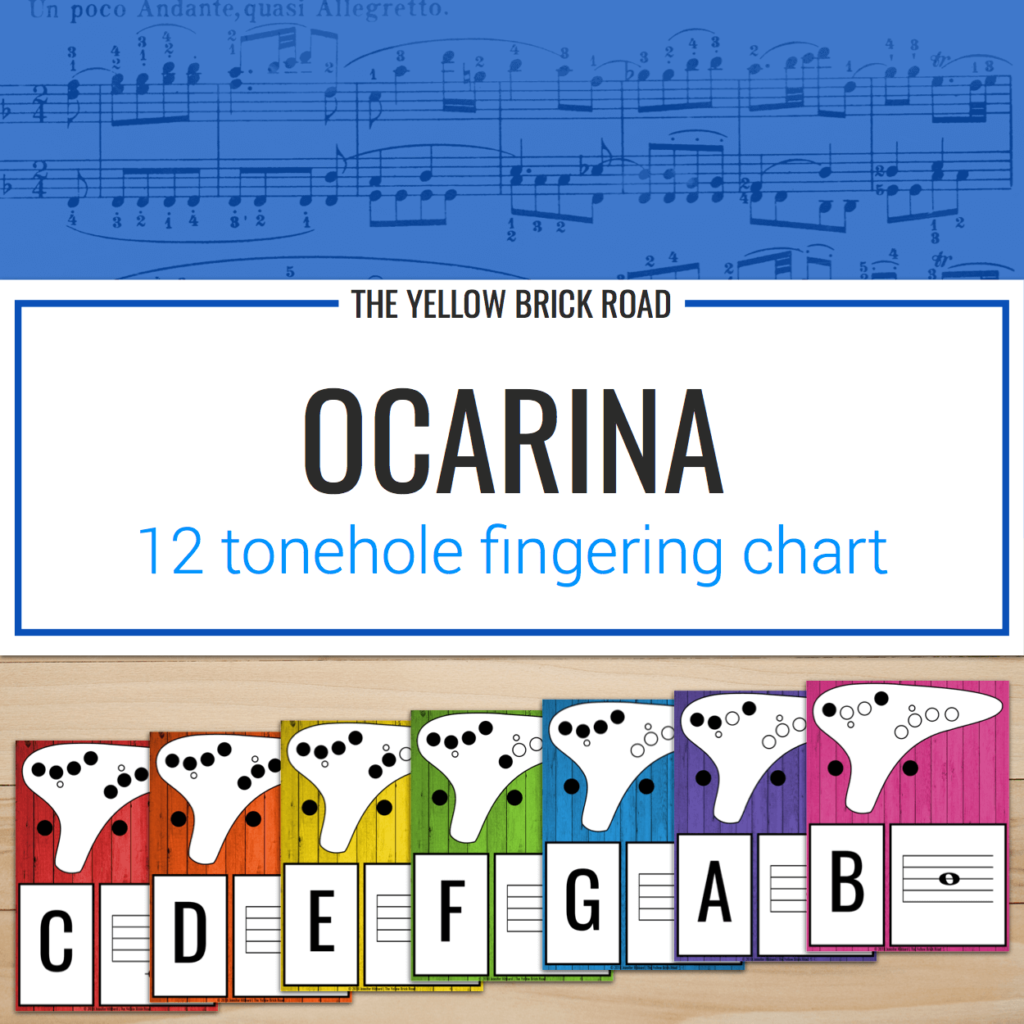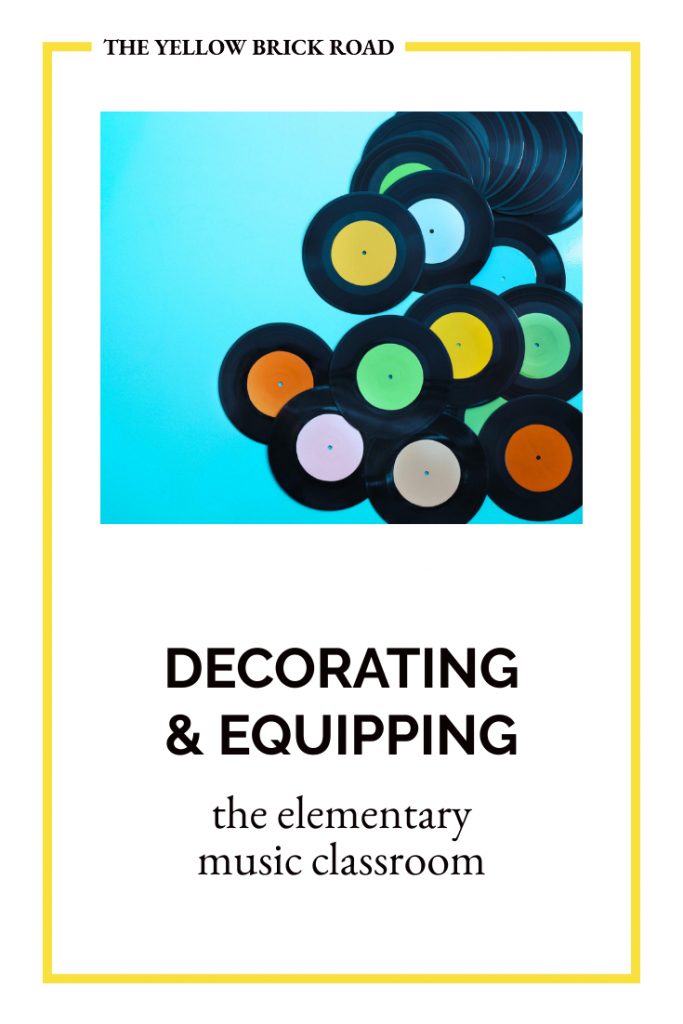When I was in the classroom, I always chose function over looks. If there was something hanging on my wall or on my bulletin board, it had to serve a specific purpose for my students. I take the same approach to clothes, for better or worse…
This also meant that I rarely changed things up in terms of function. Students knew to look to the right for my pitch ladder and to the left for our repertoire list. I loved watching them use the classroom as their own reference library. Here are some of the items I had (or wished I would’ve had) in my elementary music classroom.
Globe and/or World Map
“Prejudices, it is well known, are most difficult to eradicate from the heart whose soil has never been loosened or fertilised by education: they grow there, firm as weeds among stones.”
Charlotte Brontë, Jane Eyre

Students deserve the opportunity to see people and places that are unlike them. They deserve to know that music comes from all over the world, which is why a globe or map is so important. Maps can be troublesome, as most don’t show the true land size of each continent. This National Geographic World Map uses the Winkel-Triple projection, “which provides the best combination of size, shape, and distance giving students the best visual representation of the Earth’s surface. This solves the effect seen on other maps where Greenland appears larger than South America.”
You’ll be amazed how often you reference the globe. Each time students learn a new song, they can stick a pin in its country of origin. By the end of the year, they’ll be amazed with how far they’ve traveled with music!
PITCH LADDER
Pitch ladders are great visuals for learning new songs, sight-reading, or reviewing familiar pitch patterns. You could even get a long pointer and let students lead the class in a familiar song. These free Composing Cards are a great accompaniment to a pitch ladder.
REPERTOIRE LIST
- Create a song list template for each grade level.
- Write in each song on the template once students are able to sing them by memory.
- Place a star next to the songs that have specific games or movement activities.
You can then use this list in the following ways:
- Tell non-music subs to reference this list (starred items only) if they have extra time or if the planned lesson goes awry.
- Show parents this list during open-house night when they ask for examples of what their students learn in class.
- If you’re standing in line waiting for the homeroom teacher, ask a volunteer to choose a song to sing while you wait.
- Play a game where you sing one of the songs on the list using a neutral syllable (such as loo), and ask students to name the song (using the list as reference).
COMPOSER/MUSICIAN PORTRAITS
Consider how your students would feel if they could see themselves in the portraits of composers and musicians in your classroom? And not just composers or musicians from decades ago, but living musicians. And think how inspired they will be to know that every great composer/musician once started out just like them; as children who made music.
Wikimedia Commons is a great source for composer portraits that are in the public domain. If you teach middle school general music, these Music History Quick Guides would come in handy.
THE ELEMENTS OF MUSIC
The elements of music can come in different forms; such as anchor charts or word walls. Both are amazing reference points as students learn or review a musical concept.
FINGERING CHARTS
Whether you teach recorder, ocarina, or ukulele, fingering charts are perfect for beginning instrumentalists.



4 Responses
Very helpful post as I’m considering ways to decorate my room for next year. Thanks!
Good luck on the new year!
Thanks for such beautiful ideas. Its really helpful for me.
I’m glad it was helpful!